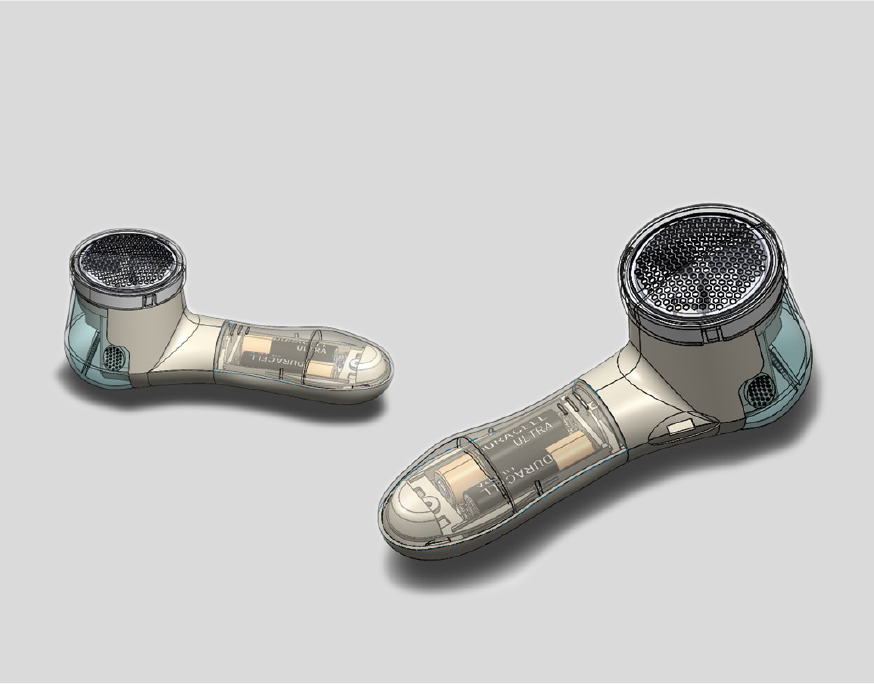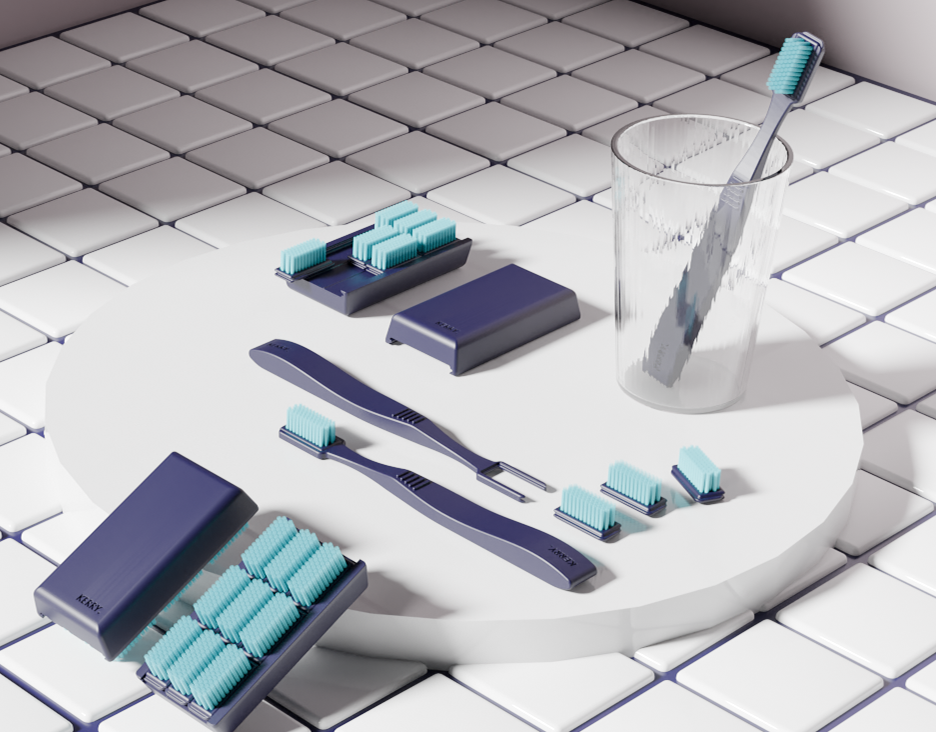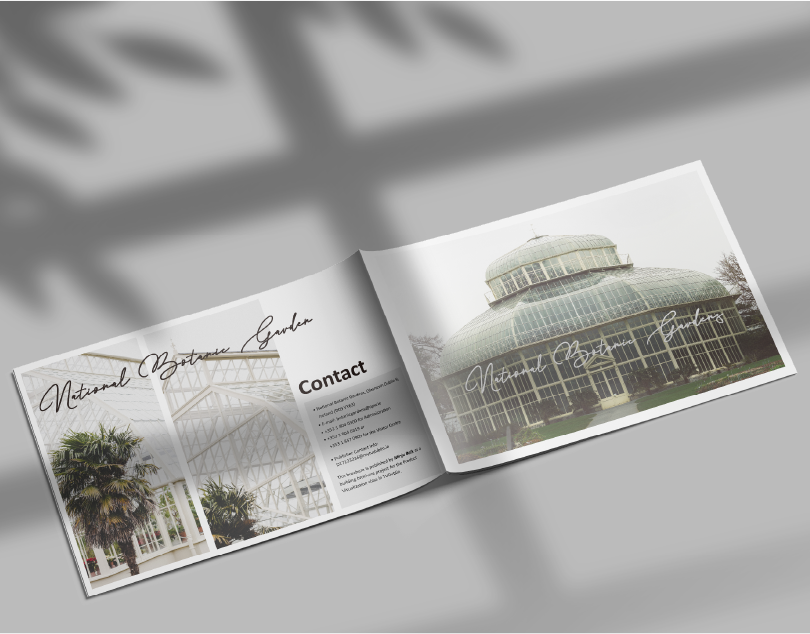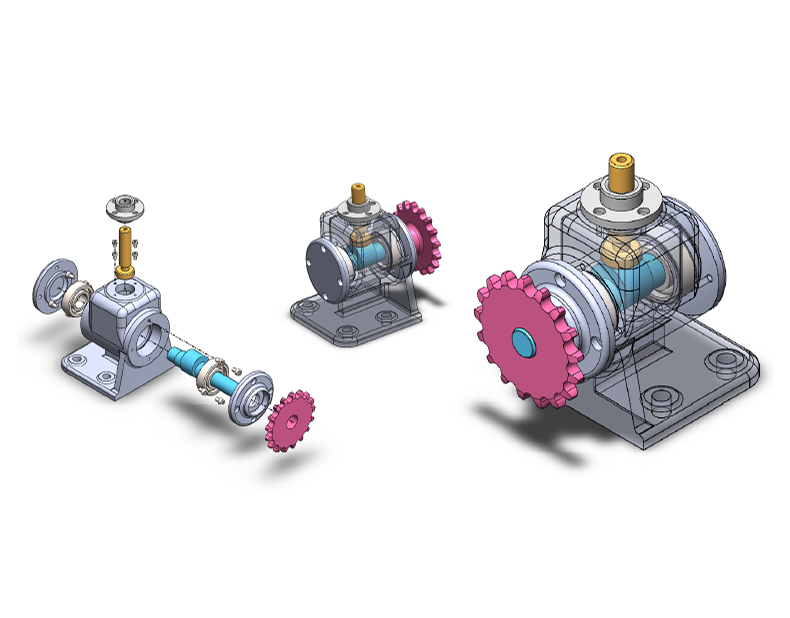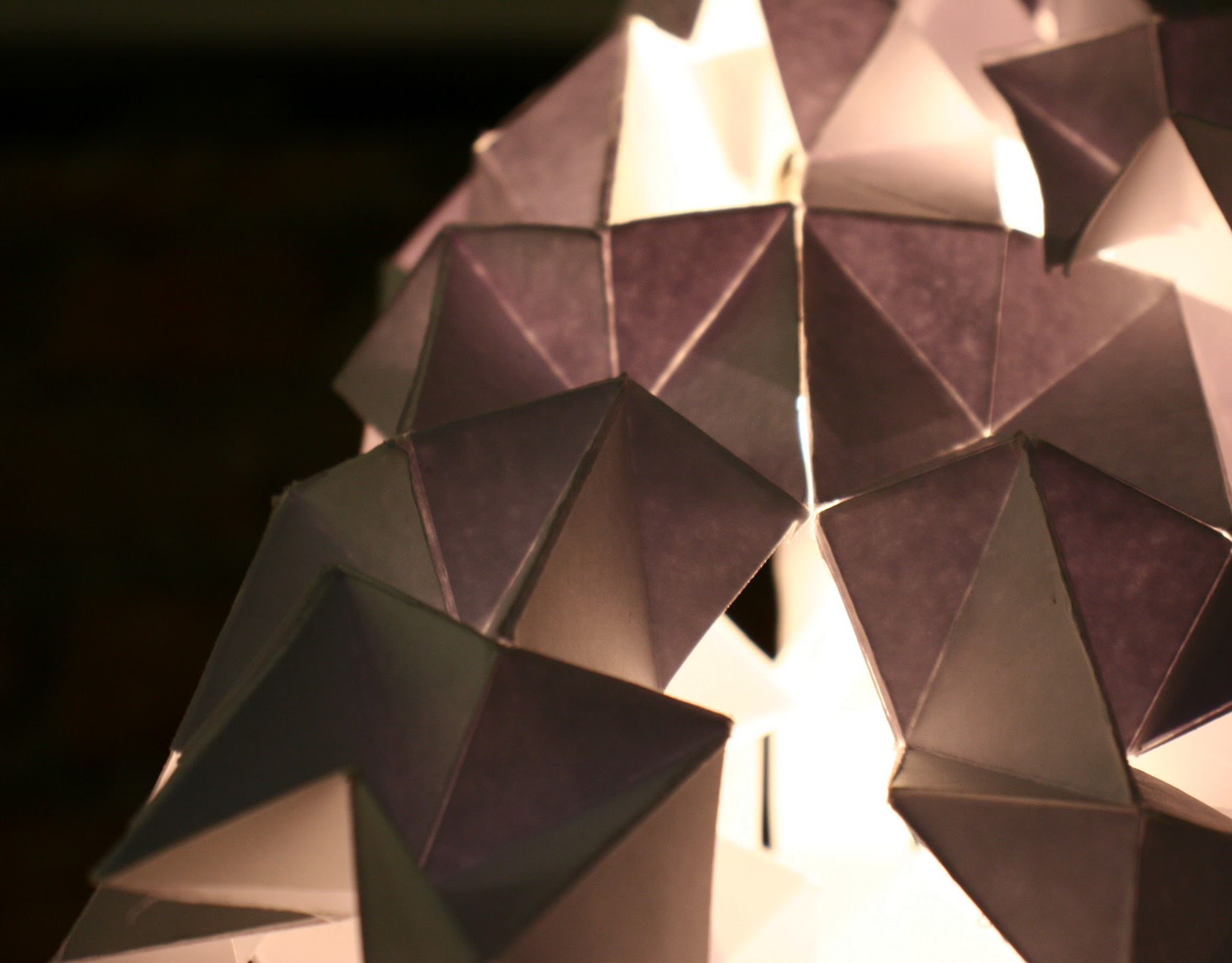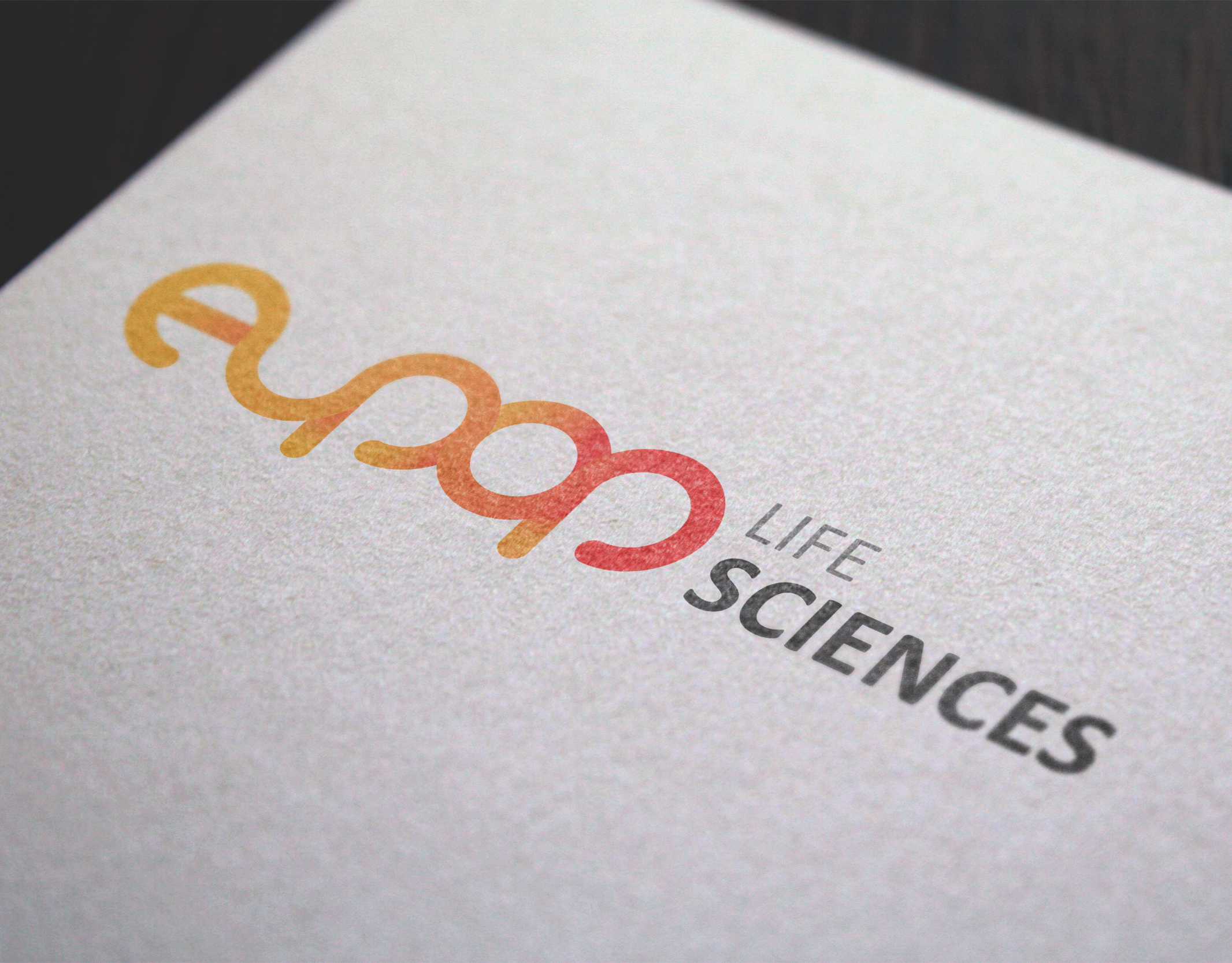EXO SLING: The Collar Bone Immobilization Device
Team Members
Minju Baik
Hannah Duarte
Christopher Farrell
Jia Ying Ong
Introduction
The EXO SLING project focuses on creating an innovative collar bone immobilization device. This device aims to provide better immobilization and comfort for patients suffering from clavicle fractures, a common injury often resulting from falls or impacts.
Problem Statement
Understanding Trauma and Clavicle Fractures Physical trauma, particularly clavicle fractures, occurs frequently in contact sports and accidents. The clavicle, or collar bone, connects the arm to the body and is prone to breaking due to its slender structure. Traditional treatment involves using a sling, which inadequately immobilizes the shoulder joint, leading to discomfort and potential secondary injuries.
Solution
Our Goal To design a collar bone immobilization device that ensures local and joint immobilization while allowing gradual movement during the recovery phases. The device should maximize patient comfort, ease of use, and robust functionality.
Design Process
1. Idea Sketches and Iterations Initial designs focused on:
Immobilizing the break and shoulder joint
Gradual stabilization and mobility as healing progresses
Simplistic design for ease of use
2. Sketch Model Iterations Through multiple iterations, we evaluated:
Arm support with a half-sleeve design
Discomfort from straps and pressure points
Improved designs for better pressure distribution and stability
3. Material Selection We compared various materials, focusing on:
Comfort and flexibility
Breathability and support
Durability and hygiene
Final Design
EXO SLING Layers
Base Layer (Weeks 1-12): Transparent silicone padding with transpore polyethylene tape for direct skin application, allowing visibility and reusability.
Mid Layer (Weeks 1-9): Polyolefin fabric with adjustable Velcro straps, providing overall protection and minimizing mobility.
Outer Layer (Weeks 1-5): ProSix textile for maximum immobilization with an arm sling for additional support.
Recovery Stages
Phase 1 (Weeks 1-5): Full restraint to prevent movement.
Phase 2 (Weeks 6-9): Restricted movement to stimulate recovery.
Phase 3 (Weeks 10-12): Eased restriction while still providing support.
Key Features
Intuitive and minimalistic design
Easy self-application and removal
Comfortable for long-term use
Effective immobilization and support
Market Strategy
Customer Segments
Initial focus on healthcare providers, hospitals, and clinics
Expansion to direct consumer sales via online and in-store platforms
Targeting European, Asian, and US markets
Pricing
Set at €25 per unit with a production cost of €9.71, yielding a profit margin of €15.29 per unit.
Growth Plan
Year 1: Sell exclusively to healthcare providers, no salaries taken.
Year 2: Expand to direct consumer sales, founders take a €10,000 salary.
Year 3: Further expansion into the European market.
Projected Sales and Profits
Year 1: 1200 units, €5,852 net profit
Year 2: 3500 units, €40,619 net profit
Year 3: 9000 units, €106,725 net profit
Quotes from Experts
“An amazing, flexible design that could make a huge difference.”
“This design not only considers the patients but the doctors and physiotherapists too, brilliant.”
“This design perfectly corresponds with the stages of recovery for a patient with a clavicle fracture - That’s what makes this design so compelling as no other product can do what your product can do.”
“Having the first layer as a soft pad you can stick on to the bone is an outstanding and innovative idea! Maybe having it transparent would be even more beneficial so a physician can check up on the site of the break and/or wound.”
